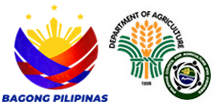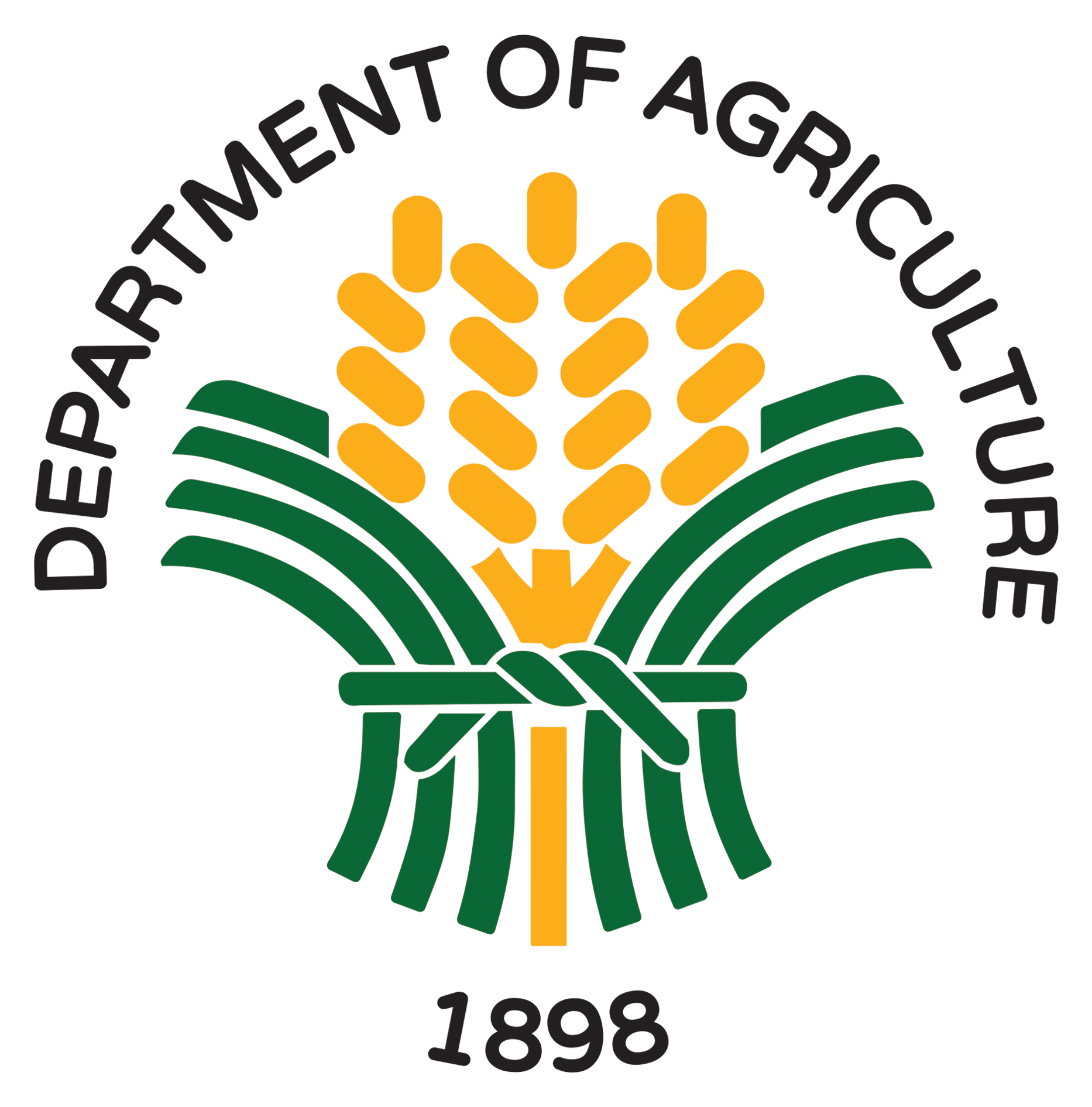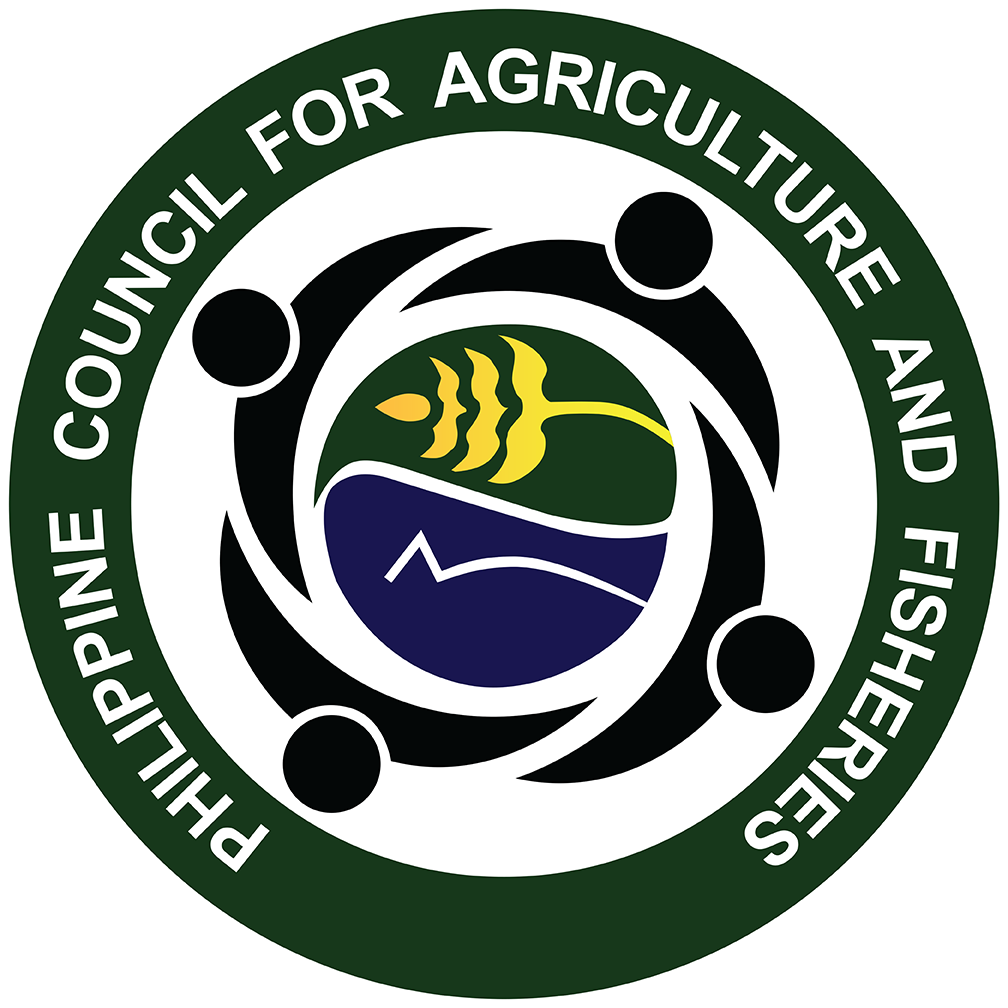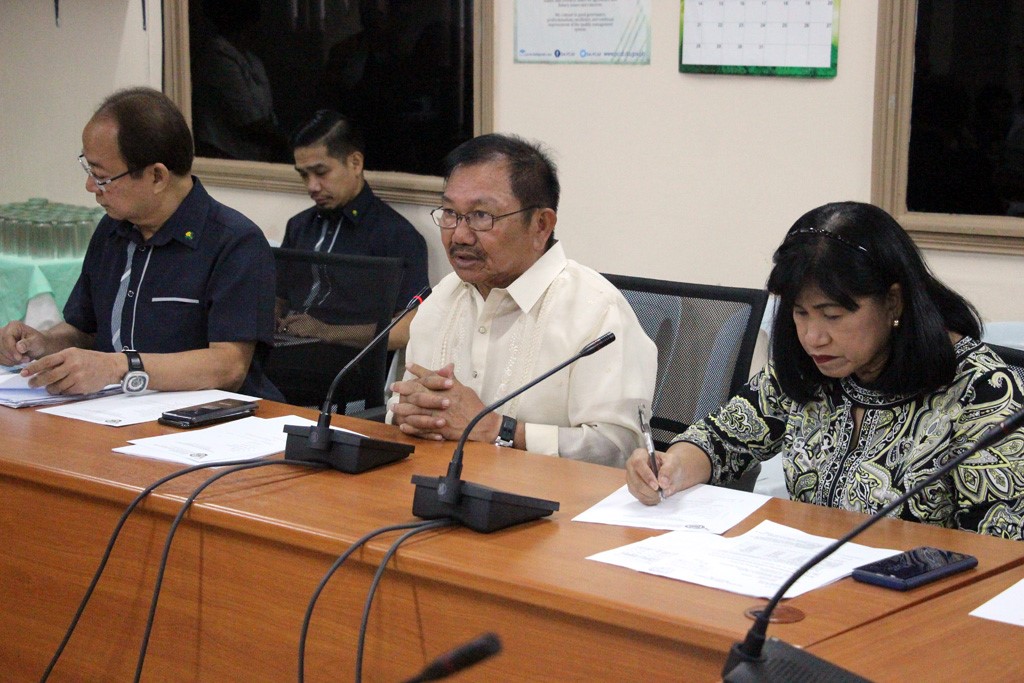
In line with the pressing issues concerning the status of the country’s main staple in the market, rice farmers, traders, millers, and other stakeholders of the rice industry convened for a dialogue with Agriculture Secretary Emmanuel F. Piñol on July 16, 2019 at Apacible Conference Room A, DA-PCAF Building in Quezon City.
Also involving representatives from the Department of Agriculture’s Operating Units such as the National Food Authority (NFA), Bureau of Plant Industry (BPI), Philippine Council for Agriculture and Fisheries (PCAF), and the agency’s Agribusiness and Marketing Assistance Service (AMAS), Field Operations Service (FOS), and Planning and Monitoring Service (PMS), the activity served as a venue for the private sector and counterparts from the government to identify concerns and developments regarding rice trading and selling.
Discussed during the session is the country’s rice stocks inventory including that of rice importation and buffer stocks, as well as comparison on the prices of commercial rice from FY 2018 to 2019 in line with the implementation of the Rice Tariffication Law (RTL) and Rice Competitiveness Enhancement Fund (RCEF).
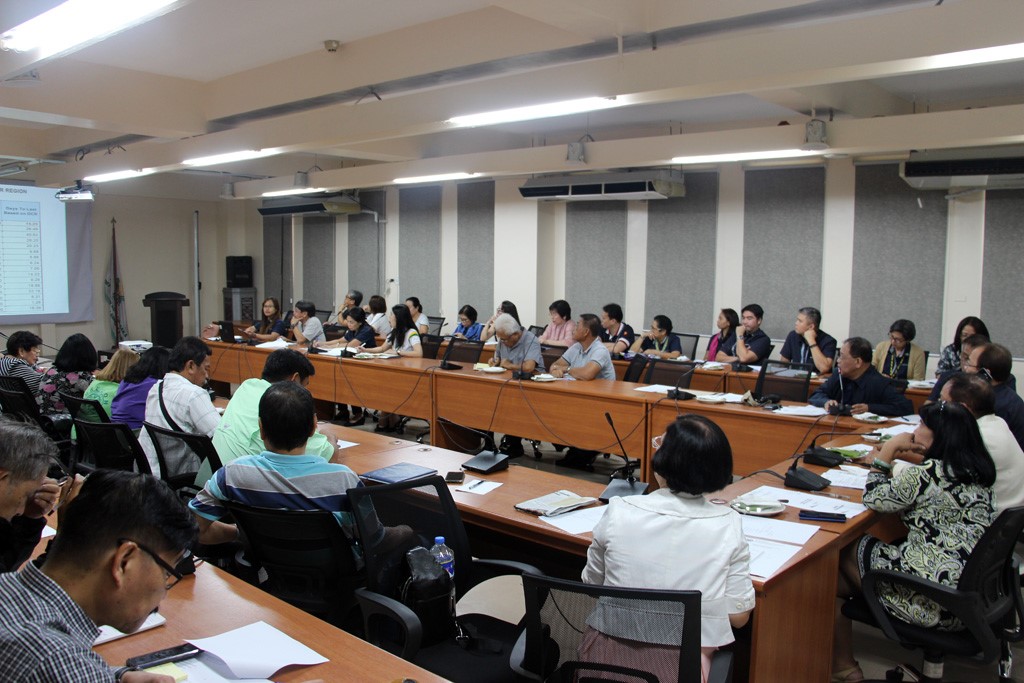
Among the concerns raised by the attendees include the supposed absence of a regulating entity of the government in controlling market prices of rice, with the removal of the function from the NFA following the passage of the RTL.
In response, the Secretary stated that despite the limitations of the NFA, the DA can still oversee the price fluctuations of commercial rice as indicated in the Price Act.
“Meron supervisory function ang DA under the Price Act sa bentahan ng agriculture products. Puwede pa kami magset ng Standard Retail Price (SRP),” noted Secretary Piñol.
The Secretary directed the BPI to initially conduct a clinical residue analysis on all rice from importing countries on the alleged reports on the high level of pesticides on rice.
He also gave emphasis on the supposed benefit of RTL which is aimed to lower the price of rice in the market. Rather, it was the price of palay that took a nosedive, with rice prices remaining constant prior to the RTL.
“The intent of the RTL is to reduce the price of rice in the market. To lower inflation. Ang nangyari ngayon ay baligtad. Nasaktan ang local farmers, bumaba ang presyo ng lokal na palay. Kung ganito ang kalakalan at eto ang nakikita kong problema, I would suggest for an early review of the RTL,” said Secretary Piñol.
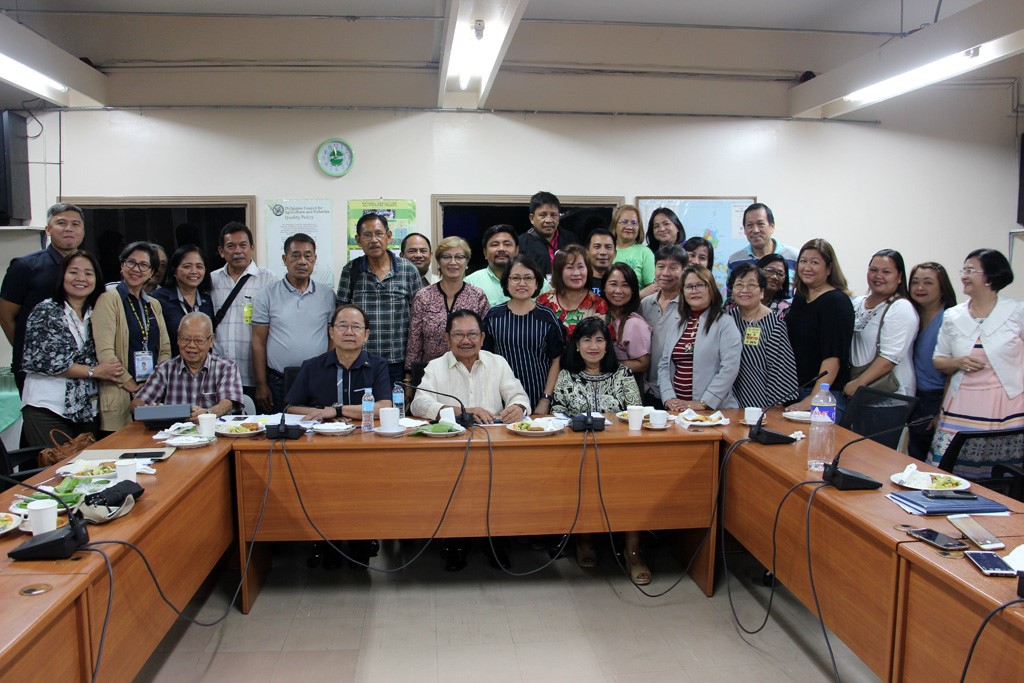
He also suggested that the country’s rice farmers and traders organize themselves in order to compete with the influx of imported rice in the market.
“Ang pinakalaban natin rito, dapat matuto na tayong magorganize. We have to organize our rice farmers and let them process their own rice products. Dapat pag labas sa bukid, nakasako na. Bigas na for retail. Hindi na tayo aaasa sa presyo ng trader,” said the Agriculture chief.
He further added: “I’m not precluding the possibility of DA imposing an SRP again on imported rice. If we are able to determine the landed cost of imported rice at mababa tulad ng P25, pero binebenta nila ng mga around, say, P60 per kilo, then that’s profiteering at overpricing which is covered by the Price Act.”
The Secretary is also looking at the option of deputizing the NFA as the DA’s main unit in implementing the Price Act for rice commodities, given that the former has been stripped of its licensing and regulatory powers brought about by the RTL.- AE
